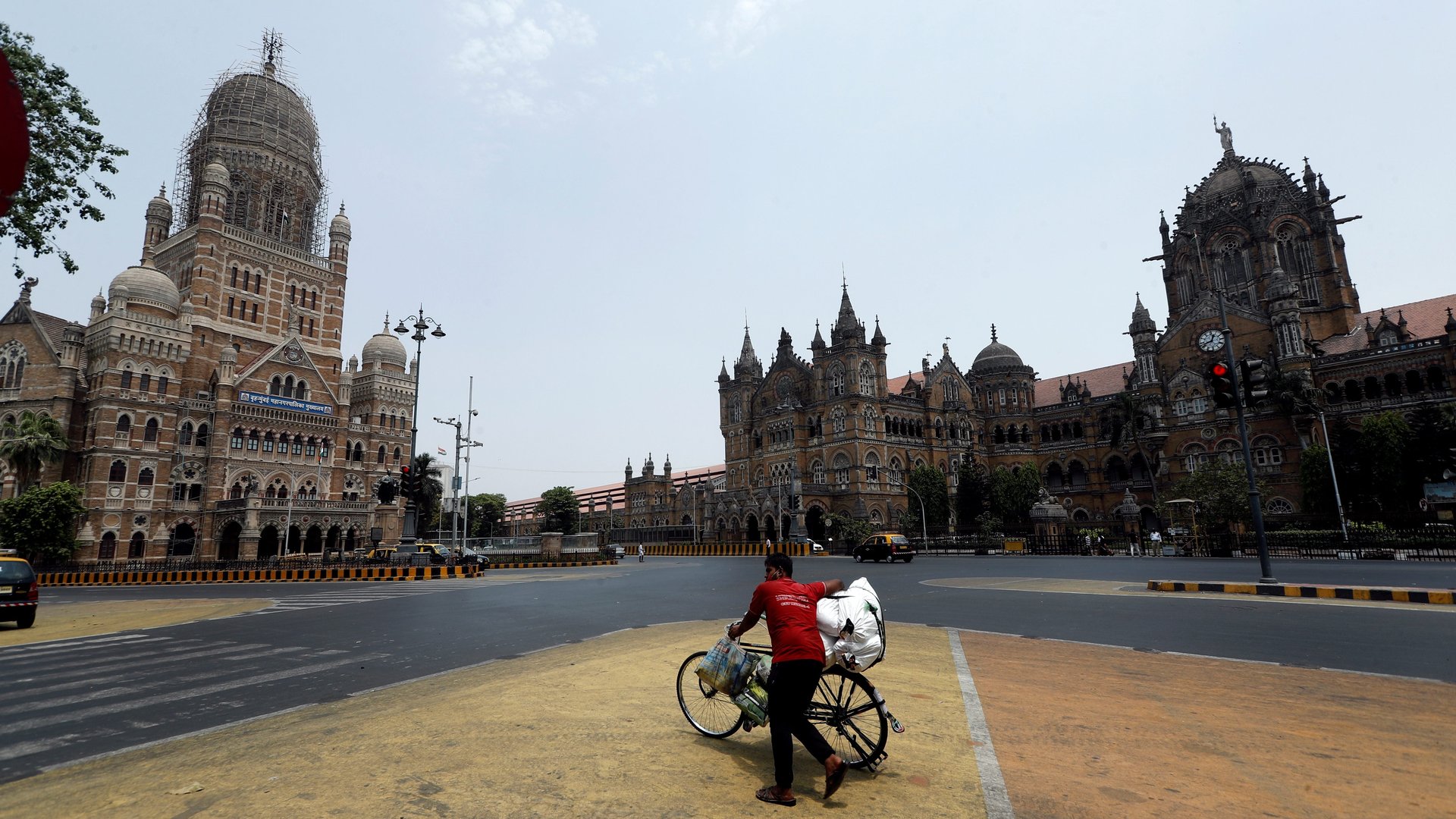Indian states are trying hard to avoid calling their lockdowns “lockdowns”
India’s memories of last year’s lockdown are so bitter that political leaders in the country now seem afraid of using that word.


India’s memories of last year’s lockdown are so bitter that political leaders in the country now seem afraid of using that word.
For instance, Maharashtra, among the worst Covid-19-hit states in India, announced stringent restrictions on April 5, shutting down nearly all private establishments. And yet, it called it “Covid restrictions” and not a lockdown. Chief minister Uddhav Thackeray, in fact, was clear that he is doing everything he can to avoid a lockdown in the state.
Similarly in Delhi, which first announced a “night curfew,” began “weekend curfew” on April 17, which has now been extended to every day until April 26. All public places—gyms, markets, shopping malls, cinema halls, public parks—are closed, while public transport operates at a limited capacity.
Both Maharashtra and Delhi have imposed Section 144, which prohibits a gathering of more than five people, except when specifically allowed under the rules (such as in the case of pared-down weddings). Section 144 is often referred to as a “curfew,” and these restrictions allow public movement only in the case of emergencies and to access essentials, ideally with a curfew pass.
In the western state of Rajasthan, the lockdown is being called a “public discipline fortnight” to encourage Covid-appropriate behaviour and curtail the spread of novel coronavirus infections in the states yet untouched villages and districts.
In Uttar Pradesh, the Allahabad high court had announced a “lockdown” in five major cities in the state, but that order was later held back by India’s supreme court.
So, despite all evidence pointing to a lockdown in various Indian states, officially, there isn’t even one.
A possible reason for this semantic choice is the widespread fear and panic because of last year’s sudden nationwide lockdown. But calling it by other names is in no way reducing the havoc that a lockdown can wreak in India.
The pain and suffering of a lockdown
On March 24, 2020, prime minister Narendra Modi gave his citizens a mere four hours to prepare for what was initially two weeks of lockdown. All industrial, commercial, and public activities were brought to a grinding halt, and only essential services were allowed to operate.
While the middle class adjusted to work-from-home, countless Indians took to the streets, trying to walk hundreds of miles back to their villages. The migrant workers employed in large Indian cities were suddenly left with no work and no means to support themselves—and no mode of transportation that could take them back home.
Though some good samaritans stepped in and offered aid in the form of chartered buses and flights, several people died out of exhaustion and in road accidents. India’s economy took a disastrous hit, bringing the GDP growth down to an all-time low of -23.9% in the April to June quarter.
The cascading effects of this lockdown, one of the harshest in the world, were enough for governments to consider a total shutdown only in a dire situation.
This year though, Modi has urged state governments to consider lockdowns only as a “last resort.”
Yet, using synonymous words has not changed the plight lockdowns have on India’s poor. This is already evident in the countless migrant workers who have left large cities like Mumbai and Delhi in hordes to escape both disease and lockdown-related poverty.
But given that India is now the world’s largest contributor to Covid-19 cases, a lockdown could act as a necessary circuit breaker. On April 22, India reported over 330,000 new cases of Covid-19. Hospitals across the country are overburdened and running critically low on oxygen, there is a shortage of drugs, and there aren’t enough Indians vaccinated to prevent even serious disease in a large population of 1.3 billion.
So far, the government has asked states to consider “micro containment” zones within their cities to curb the spread.